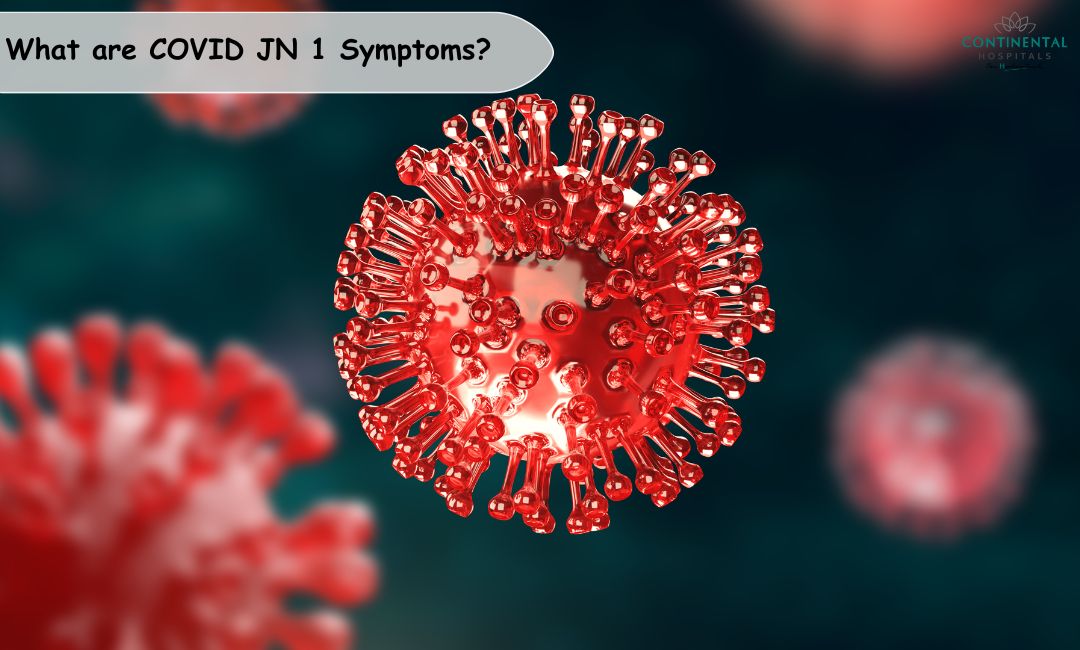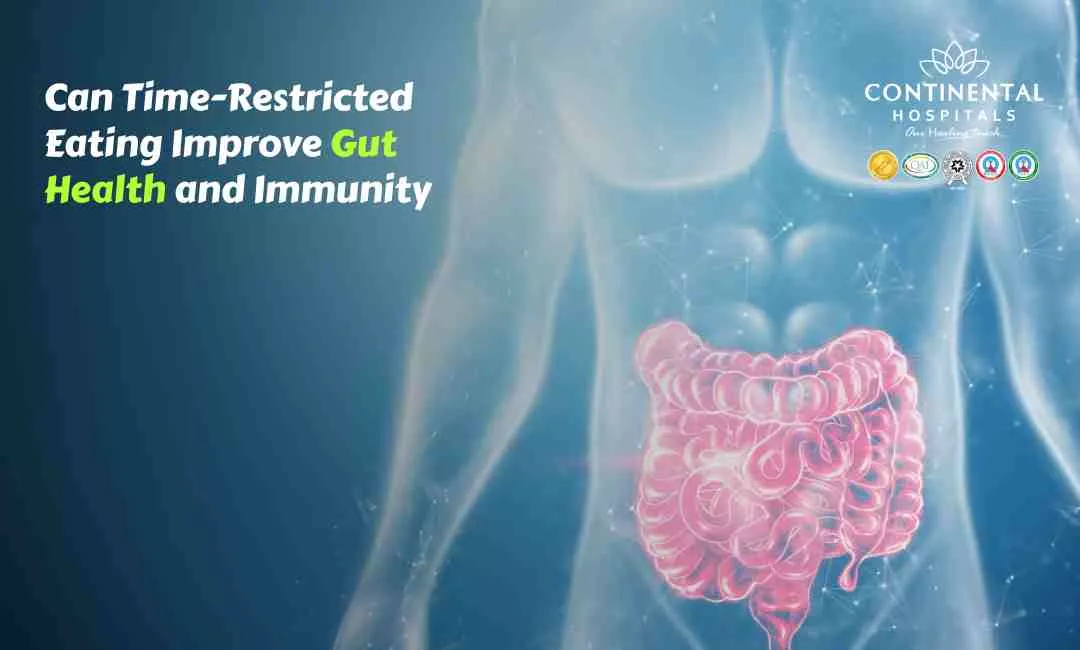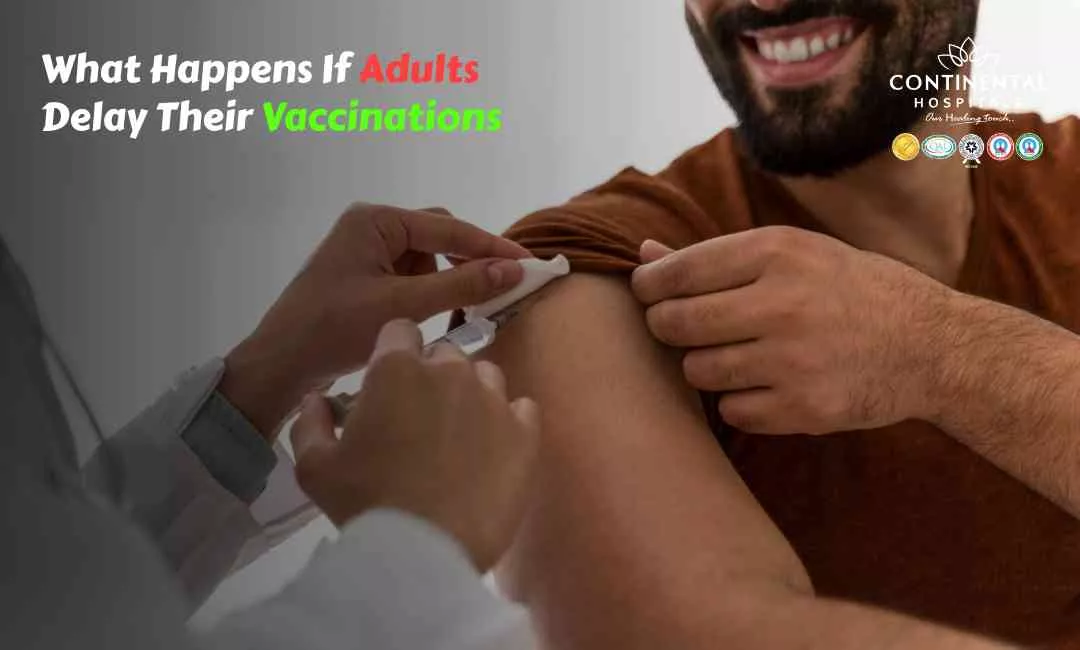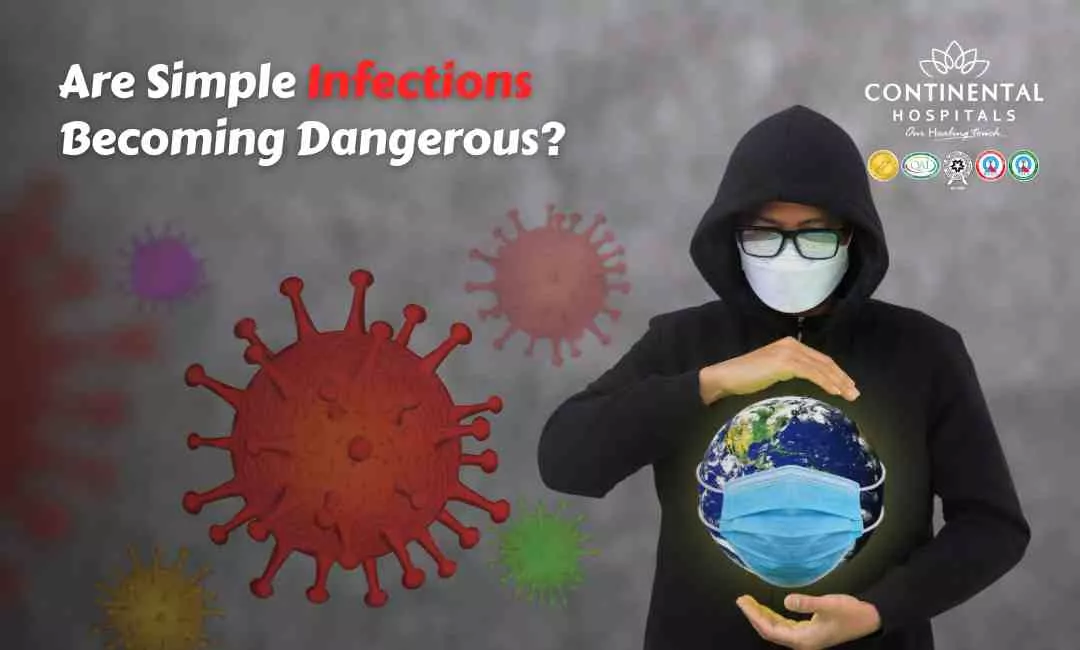The ever-evolving saga of COVID-19 continues with the emergence of JN.1, a sub-variant of the highly transmissible Omicron lineage. While the world breathes a sigh of relief from the relatively mild Omicron wave, JN.1's increased transmissibility has sparked renewed concern. But how do we differentiate it from its predecessors? One crucial aspect is understanding its unique symptom profile.
JN.1 Symptoms
JN.1 largely shares the hallmarks of other Omicron variants:
Fever: Often the first clue, fever can range from mild to high and may be accompanied by chills.
Cough: A dry cough is typical, though occasional bouts of productive cough are possible.
Fatigue: Feeling drained and sluggish is a common complaint, impacting everyday activities.
Sore throat: While not always present, a scratchy or irritated throat can add to the discomfort.
Headache: Dull or throbbing headaches are frequently reported, contributing to the overall malaise.
However, JN.1 presents some distinguishing features:
🥗 Healthy Plate Challenge
🍽 Add Your Favorite Dish
Pick Your 6 favorite foods, eat, and see the results.Drag & drop foods onto your plate.
Drop Food Here
Gastrointestinal woes: Unlike previous variants, JN.1 seems to have a predilection for the digestive system. Nausea, loss of appetite, and even mild diarrhea can be observed in some cases.
Runny nose and congestion: Nasal symptoms appear to be more prominent with JN.1, potentially making it harder to distinguish from the common cold.
Muscle aches and pains: Aching muscles, particularly in the back and limbs, can add to the general feeling of unease.
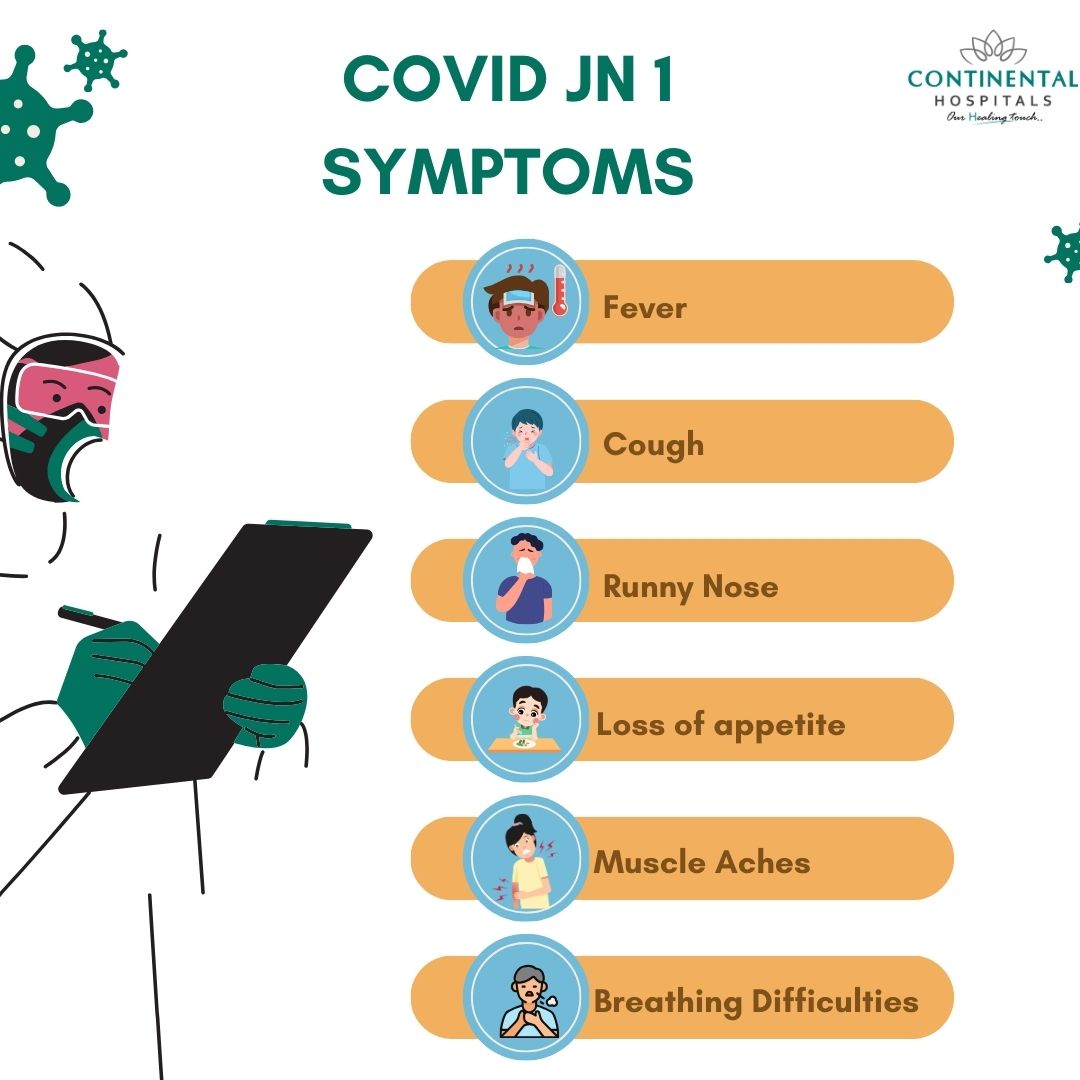
Remember:
- These are just potential symptoms, and experiencing one or even a few doesn't necessarily mean you have JN.1.
- Other respiratory illnesses and common colds can mimic these symptoms.
If you experience any concerning symptoms, especially fever, cough, or difficulty breathing, consult with a general physician immediately.
When to Be Cautious
It's important to remember that symptom presentation varies greatly across individuals and can depend on factors like vaccination status and overall health. JN.1's symptoms significantly overlap with other respiratory illnesses, including influenza and the common cold. This ambiguity makes self-diagnosis tricky and underscores the importance of seeking medical advice if you experience any concerning symptoms.
How dangerous is the JN.1 variant?
Potential risks:
Immune evasion: JN.1 has mutations that may allow it to evade the immune response, meaning it could infect people who have been previously vaccinated or infected with COVID-19.
Fast spreading: Some studies suggest that JN.1 may be more transmissible than other variants, leading to a rise in cases.
Reassuring aspects:
Mild symptoms: So far, reported cases of JN.1 have presented with mild symptoms similar to other Omicron variants, such as fever, cough, and fatigue.
No significant increase in severity: Although JN.1 might be more transmissible, there's no evidence yet that it causes more severe illness or death compared to other variants.
Who is at Risk of JN1 symptoms?
High-risk groups:
Older adults (65+): As the immune system weakens with age, older adults are more susceptible to severe COVID-19 outcomes.
Individuals with underlying health conditions: Those with chronic conditions like diabetes, heart disease, lung disease, kidney disease, or weakened immune systems (due to HIV/AIDS or immunosuppressant medications) are at higher risk.
Pregnant women: Pregnant women may experience more severe COVID-19 symptoms and are at a higher risk of complications for themselves and their babies.
Unvaccinated or inadequately vaccinated individuals: Vaccination against COVID-19 significantly reduces the risk of severe illness, hospitalization, and death. Those who are unvaccinated or haven't received boosters as recommended remain more vulnerable.
Healthcare workers: Due to frequent exposure to COVID-19 patients, healthcare workers are at increased risk.
Smokers: Smoking damages the lungs, making smokers more susceptible to severe COVID-19 complications.
Additional factors that might increase risk:
Obesity: People with obesity may experience more severe COVID-19 symptoms.
Neurological conditions: People with dementia or other neurological conditions may be at higher risk of complications.
Cystic fibrosis: This genetic condition can make people more vulnerable to severe respiratory infections like COVID-19.
When to Consult a Doctor?
While most JN.1 cases exhibit mild symptoms that resolve within a few days, seeking medical help is crucial in specific situations:
- High fever exceeding 103°F or persisting for more than 3 days.
- Difficulty breathing or shortness of breath.
- Chest pain or tightness.
- Confusion or delirium.
- Weakening of symptoms or deterioration despite home remedies.
How to Protect Yourself and the Community from COVID-19 Variant?
As with any COVID-19 variant, vigilance is key in mitigating the spread of JN.1:
Vaccination and boosters: Stay up-to-date with recommended vaccinations and boosters to strengthen your immune response.
Wearing Mask: Wearing masks in crowded spaces and during close contact remains essential for minimizing transmission.
Hand hygiene: Frequent handwashing with soap and water or using an alcohol-based sanitizer is crucial.
Social distancing: Maintaining physical distance from others, especially when unwell, helps curb the spread.
Isolation and testing: If you experience symptoms, isolate yourself and get tested promptly to confirm the diagnosis and prevent further transmission.
The Evolving Landscape: Staying Informed and Prepared
JN.1 remains a relatively new variant, and research is ongoing to fully understand its characteristics and potential impact. Staying informed about the latest updates through reliable sources like public health agencies is crucial. As with previous waves, adaptability and adherence to preventive measures are key to navigating this evolving situation.
Remember, early detection and appropriate intervention are crucial in managing COVID-19, regardless of the variant. By understanding JN.1's symptoms and practicing responsible preventive measures, we can navigate this wave together and safeguard ourselves and our communities.
If you experience any concerning symptoms, especially fever, cough, or difficulty breathing, consult with a general physician immediately.
Related Blog Post:
.webp)

